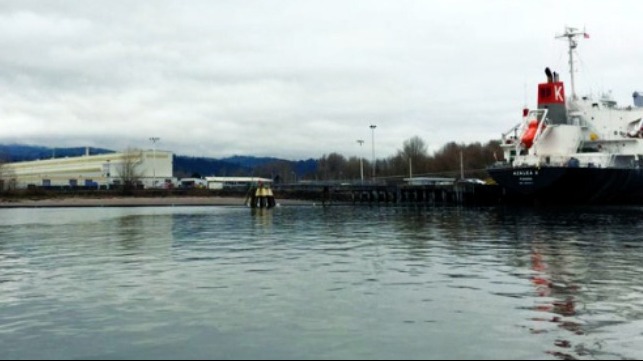Plans for Washington Methanol Plant Advance with Mitsui OSK Investment

Plans to develop and supply methanol from a new facility in the Pacific Northwest took a significant step forward with the announcement that Mitsui O.S.K. Lines (MOL) will invest with Northwest Innovation Works (NWIW), developer of the plant. As part of the agreement, MOL will also provide and operate purpose-built next-generation ships to serve the planned methanol facility at the Port of Kalama in southwest Washington.
The planned facility in Kalama will convert regionally sourced natural gas to methanol to be transported via ship for use in dedicated materials pathway production in Asia. The methanol will be used to produce materials, including olefins, the primary components in numerous products, including medical devices, such as masks, gowns, gloves, and eye protection, recreational equipment, clothing, cell phones, and furniture, among many other applications.
Having over 740 ships in its fleet with a capacity of nearly 55,000,000 deadweight tons, MOL is one of the world’s largest shipping companies and methanol carriers. According to the announcement, partnering with NWIW at an early stage places MOL in the best position to provide safe operation, service, and solutions with the aim of achieving the highest levels of environmental benefits. By participating in this project, MOL also expects that it will obtain a deeper knowledge of overall methanol activities, allowing the company to provide better services and solutions for its customers.
This agreement also furthers NWIW’s mission to produce the environmentally sustainable and least carbon-intensive industrial-scale methanol for clean essential materials. NWIW expects that its methanol will displace more carbon-intensive coal-based methanol, resulting in GHG reductions globally. In addition, NWIW will offset one hundred percent of its GHG emissions from both direct and indirect sources within Washington State.
Other environmental highlights of the planned facility include using ultra-low-emissions and zero liquid discharge technologies, to create substantial economic benefits for the local economy.
The company has committed to an investment of over $2 billion, which it believes will result in over 1,000 new construction jobs and up to 200 permanent jobs, as well as providing $30 to $40 million in annual tax payments paid to state and local governments.
